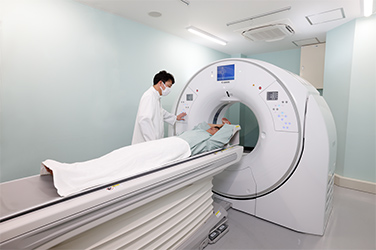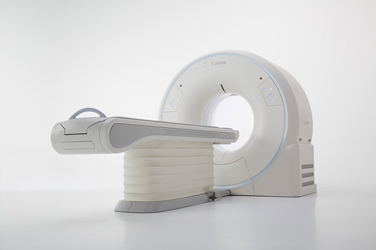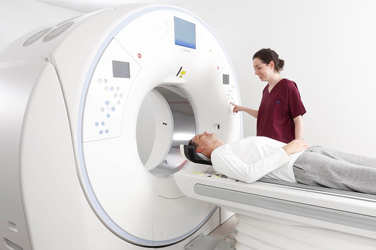High Resolution Images Acquired at Lower Exposure Dose Than Ever Before
Next-generation CT That Reduces the Burden on Patients
Hiroshima University Hospital and Canon Medical Systems (Canon Medical) are conducting joint research on photon counting CT (PCCT) to develop next-generation diagnostic imaging systems that can provide high resolution images at lower exposure dose than conventional CT. PCCT systems are also expected to be useful for more accurately evaluating tumor malignancy. A radiologist who has actually used a PCCT system comments, "I was amazed that the image quality was so good even when the exposure dose was reduced to only one-tenth." Clinical research is currently underway to fully realize this exciting new advance in medical care.
November 18, 2024











